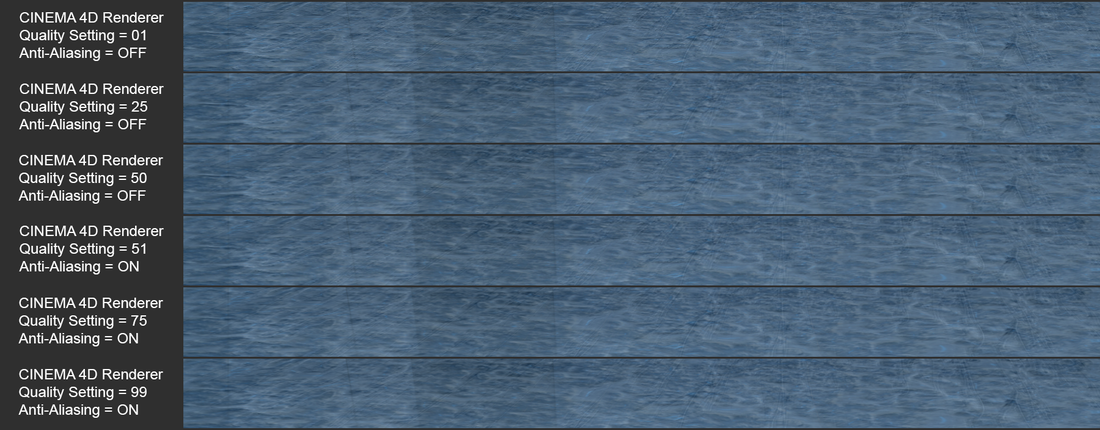Hello all and welcome to this weeks Dev Diary! As mentioned in an earlier Dev Diary (If Memory Serves), I got a new pair of memory, in order to upgrade my 8gb of RAM to 16gb. This did ease the situation with After Effect, as the results can tell, but not as much as I had hoped for. Still, it is more important to being able to do various things simultaneously while rendering video, which was the main goal with this upgrade.
After I got home last Tuesday, I installed the new memory kit, tried to find the stable timings with a reasonable clock speed and ran the benchmarks again to see if the additional memory space helped at all. The full article with the first run of tests can be found here.
I also erroneously stated in the earlier article, that I had G.Skill RipjawsX 8gb kit in my computer, when I actually had Mushkin Redline 8gb memory kit.
The rated specs of the memory kits are;
Mushkin Redline, 996805, 1600 MHz, CL 6-8-6-24 v1.65
G.Skill RipjawsX, F3-2400C11D-16GXM, 2400 MHz, CL 11-13-13-31, v1.65
The settings for the benchmark is the same for all the renders;
- Preserve RGB (Color management turned off)
- 32 Bit Colors
- Full Resolution (1080p)
- Bicubic Asset Quality
- 60 FPS
- 25 Seconds Clip
There are one peculiarity though; the first 1187 frames (out of 1500) are a static image, which went by fast on every setting. I decided to include this just to see if the quality setting has any impact on how fast it renders the static image frames. The result of that was quite predictable, since if you let After Effects render one of the static image frames once, it will be really fast after that. The real speed test began after that.
CPU Clock for both tests were 3250 MHz for all 6 cores.
Results with the old memory sticks (4x2gb kit, 1933 MHz, CL 7-10-8-25)
Cinema 4D Quality 01
*Estimated Runtime = 2h 28min
Cinema 4D Quality 51
Runtime = 4h 51min
Cinema 4D Quality 99
Runtime = 11h 39min
(*Based on a run-time of 120 frames = 2 seconds rendered in 1 hour)
Results with the new memory sticks (2x8gb kit, 2000 MHz, CL 8-10-10-28)
Cinema 4D Quality 01
Runtime = 2h 49min
Cinema 4D Quality 51
Runtime = 3h 16min
Cinema 4D Quality 99
Runtime = 10h 8min
Here is once again a reference image for how to quality settings affected the visuals.
I would dare to argue, that the Quality 01 test was erroneously estimated by my part with the Mushkin memory installed, but there is a clear difference with the two other quality settings, which goes to show that 8gb was somewhat a bottle-necking After Effects, as there is very little difference in the memory clocks and timings with the new memory kit - just a tad better throughput (67 MHz), but higher timings. The relatively small difference of about 1h 30min faster rendering on Quality 99 shows, that the most considerable bottleneck remains to be the CPU it self - even with double the memory, it just can't process the video fast enough, despite the GPU assisting being on. Though it has come to my attention, that the After Effects does not use GPU Rendering with Cinema 4D, unless you have a commercial third-party renderer, like Cycles 4D, Redshift, Octane etc.
All in all, now my computer seems to be able to handle heavier loads and more apps simultaneously without slowing down to a crawl, which was the other main goal of this investment - and a tad faster rendering when the after effects is left to run by it self over night. As is apparent from the earlier articles, I did hope this investment to have much more impact on the speed of the rendering, but I'll gladly take the gains that came with the new memory sticks.
This is it for this weeks Dev Diary, and I'll see you on the next one ![]()
And as always, you can check out every possible mid week announcements about the project on these official channels;
• YouTube • Facebook • Twitter • Discord • Reddit • Pinterest • SoundCloud • LinkedIn •


